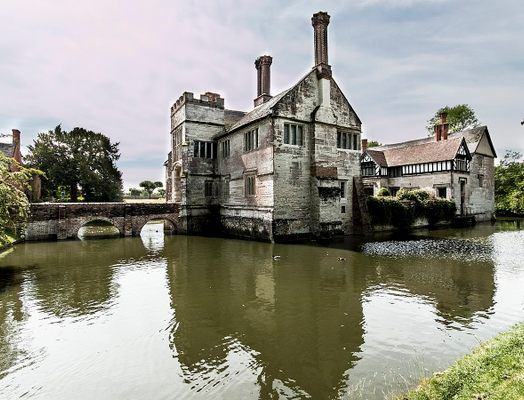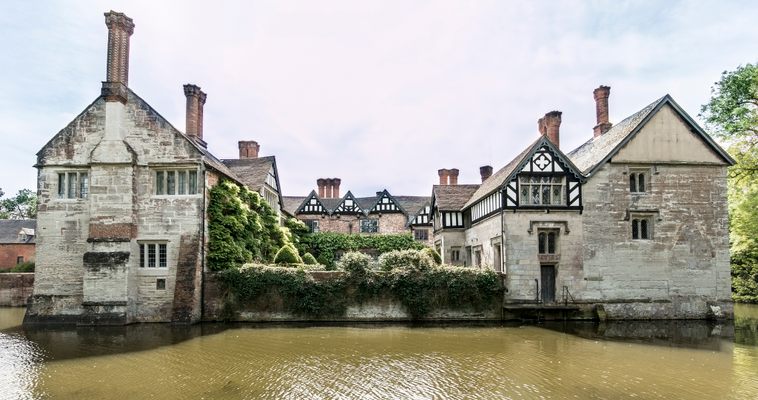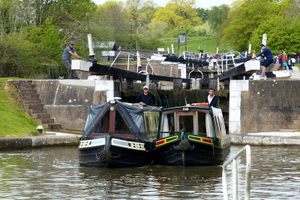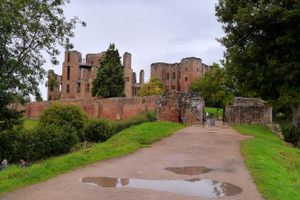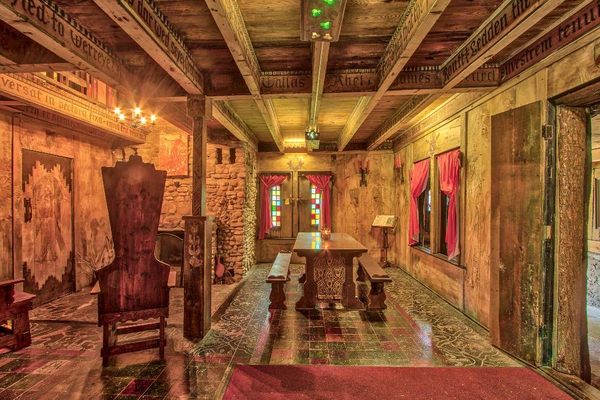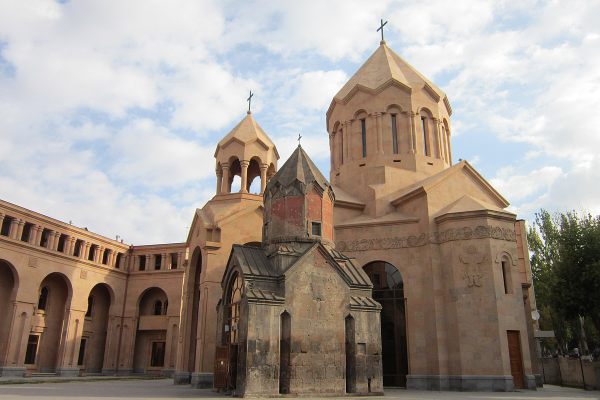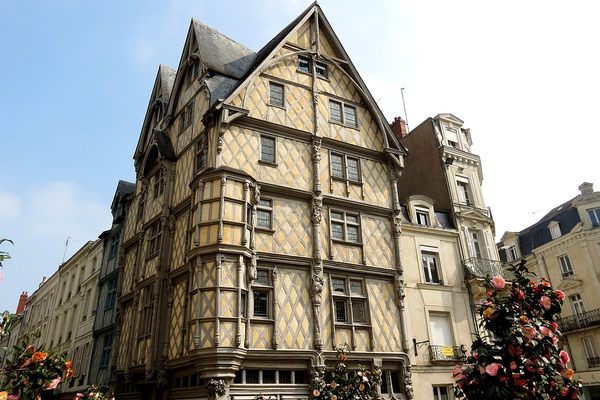About
Originally built in the 13th century, this moated manor house located just north of Warwick came into the ownership of the Ferrers family in 1517, during which it became a center of the Catholic resistance to the Protestant Reformation in England.
The Ferrers family, like many of the Warwickshire nobility, remained recusant Catholics after the Reformation. The Ferrers even risked hiding Jesuit priests at their home at Baddesley Clinton, who would be subject to death by torture if caught.
The house was equipped with several "priest holes," or secret compartments created by the famous carpenter and Jesuit supporter Nicholas Owen, who had built similar hideaways into the nearby Harvington Hall. Among these hiding places was one that was entered through a privy and led to the house's sewer, which was large enough to hide 12 people. This proved very effective when a conference of Jesuit priests was raided by the local authorities in 1591.
The house remained in the ownership of the Ferrers family until 1940 when it was purchased by a distant relative, Thomas Walker (who later changed his name to Ferrers) and later passed into the hands of the National Trust. Today, a guided tour takes visitors to several of the priest holes to wonder at the ingenuity of Nicholas Owen. After Owen's capture and execution, he was canonized by the Catholic Church, and later became the patron saint of illusionists and escapologists.
Related Tags
Know Before You Go
Admission to the house is £13.50. Opening hours vary so check the National Trust website before visiting. At certain times you can only visit as part of a guided tour.
Published
February 11, 2019
